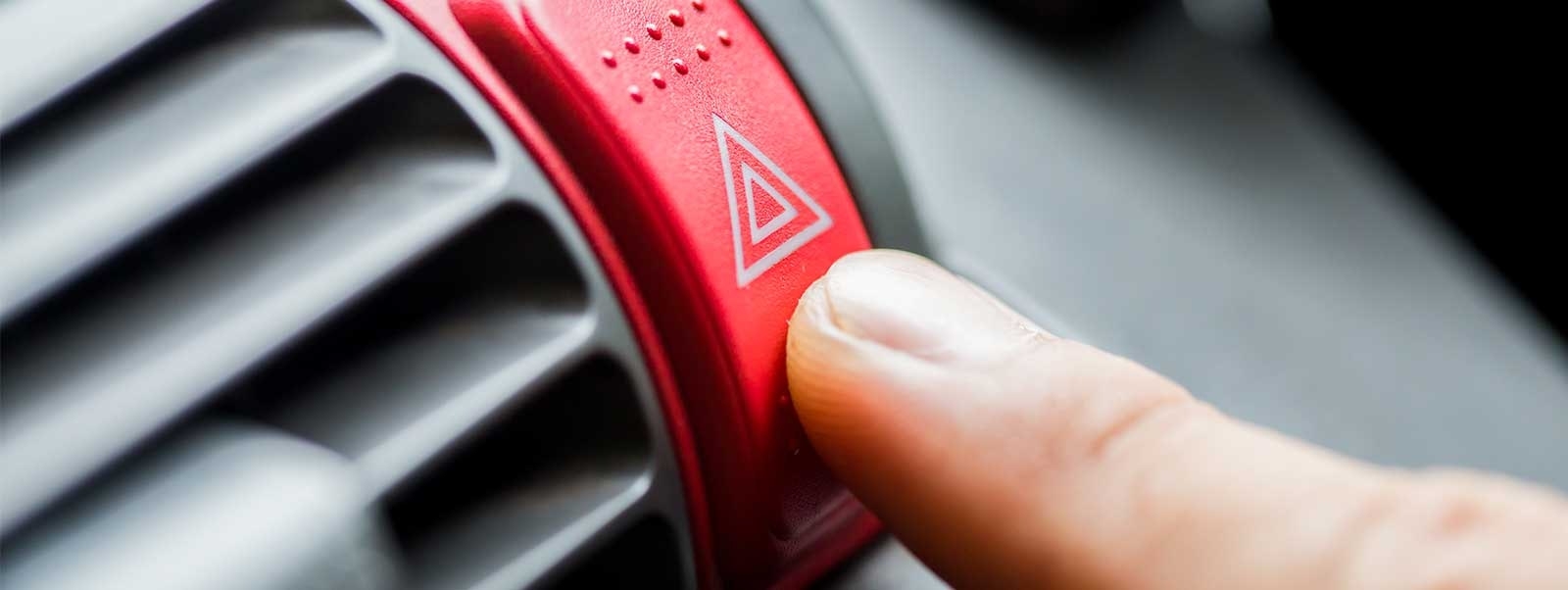Seven disruptive trends
In addition, seven trends can be observed that are likely to lead to disruptive changes in vehicle technologies and the way they are used. The seven trends focus on connected and autonomous vehicles, e-mobility and the decline of piston engines, business digitization, “pay-per-use” vehicle features, shifts in customer segments toward fleets and buying groups, and new human-machine interfaces (HMIs) that feature digitized control concepts. Industry participants fully recognize the disruptive potential inherent in most of these trends—what is unusual is their cumulative weight. Where in the past industry players might face one or two major disruptions at once, now many must deal with all seven simultaneously, as elaborated in Oliver Wyman’s latest study on the future automotive value creation, conducted in cooperation with the VDA.
Recent stand-alone events like the diesel scandal or looming trade barriers have also shown the vulnerability of the industry as a whole. Despite the strong performance of most suppliers, some experts question the ability of automotive suppliers to withstand a sharp downturn in the industry if a major crisis were to occur.
Significant performance variations
A current status check of automotive supplier reveals a very fragmented picture. The financial performance of automotive suppliers is currently very strong: With an average EBIT margin of more than 7 percent, the overall landscape appears healthy. However, there are significant differences between suppliers of the different modules, with the average EBIT among chassis and exterior suppliers exceeding 8 percent, while interior and electronics suppliers struggle to achieve 5 percent on average.
Moreover, despite the global nature of the industry, performance by suppliers in different regions has varied widely. In particular, Chinese suppliers demonstrated 15 percent revenue growth over the period from 2013 to 2016, but suffered a margin decline of 1.5 percent points in the same period. The German supplier landscape, in comparison, has achieved a moderate growth of 8.5 percent revenues and stabilized the margins at approximately 8.5 percent.
A widening gap between top players and also-rans
Besides these overarching dynamics, it is obvious that there are significant differences between the individual suppliers and their current performance and therefore their likely ability to meet the challenges the industry will be facing over the coming years. While the industry as a whole appears to be well prepared, the top players have positioned themselves clearly ahead of their peers in terms of profitability, cash generation, growth, and net debt/EBITDA ratios, and numerous individual players will struggle to adapt and position themselves successfully.
With respect to the changes to be expected as described above, it is crucial for suppliers and their investors alike to stress test the business models and determine how the businesses will potentially be affected – and to identify levers for mitigation. A structured approach – such as Oliver Wyman’s “Crash Test” for Automotive Suppliers, which includes a comprehensive risk analysis, detailed in quantified scenarios and complemented by concrete mitigation elements for stress-test failure – will be a core element to set the business on the right track in the coming years.







